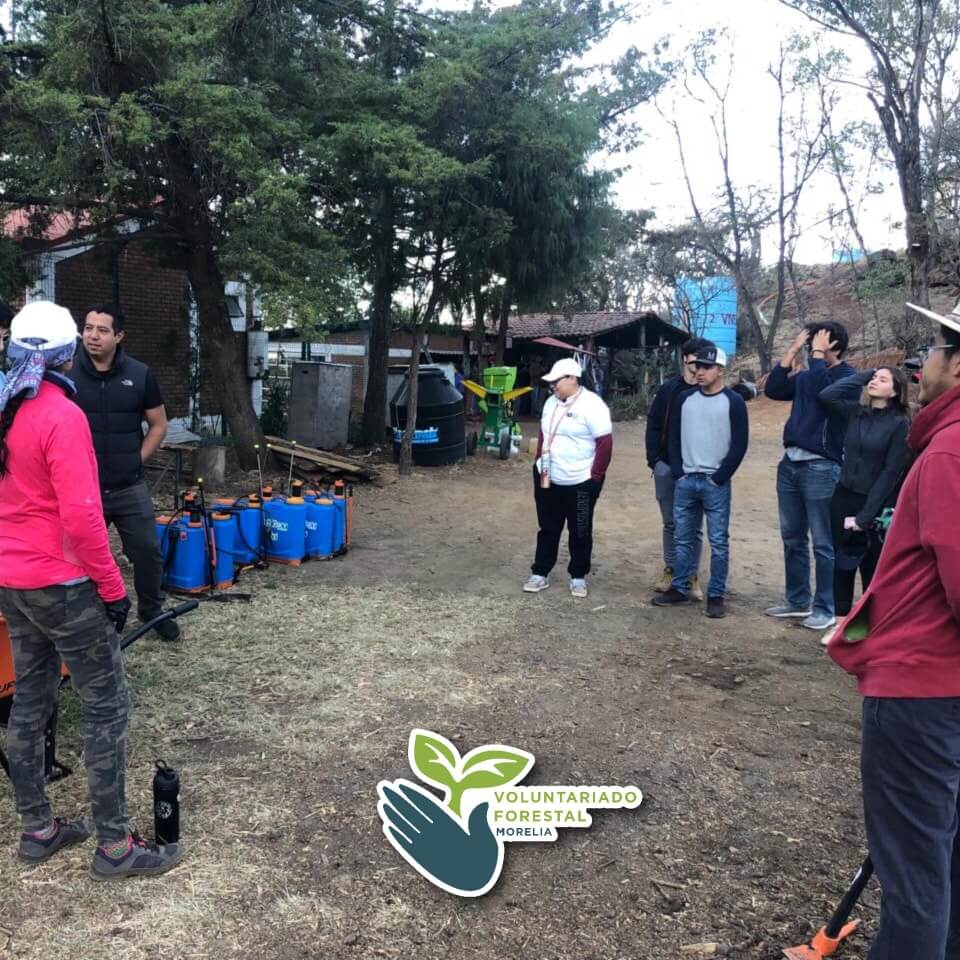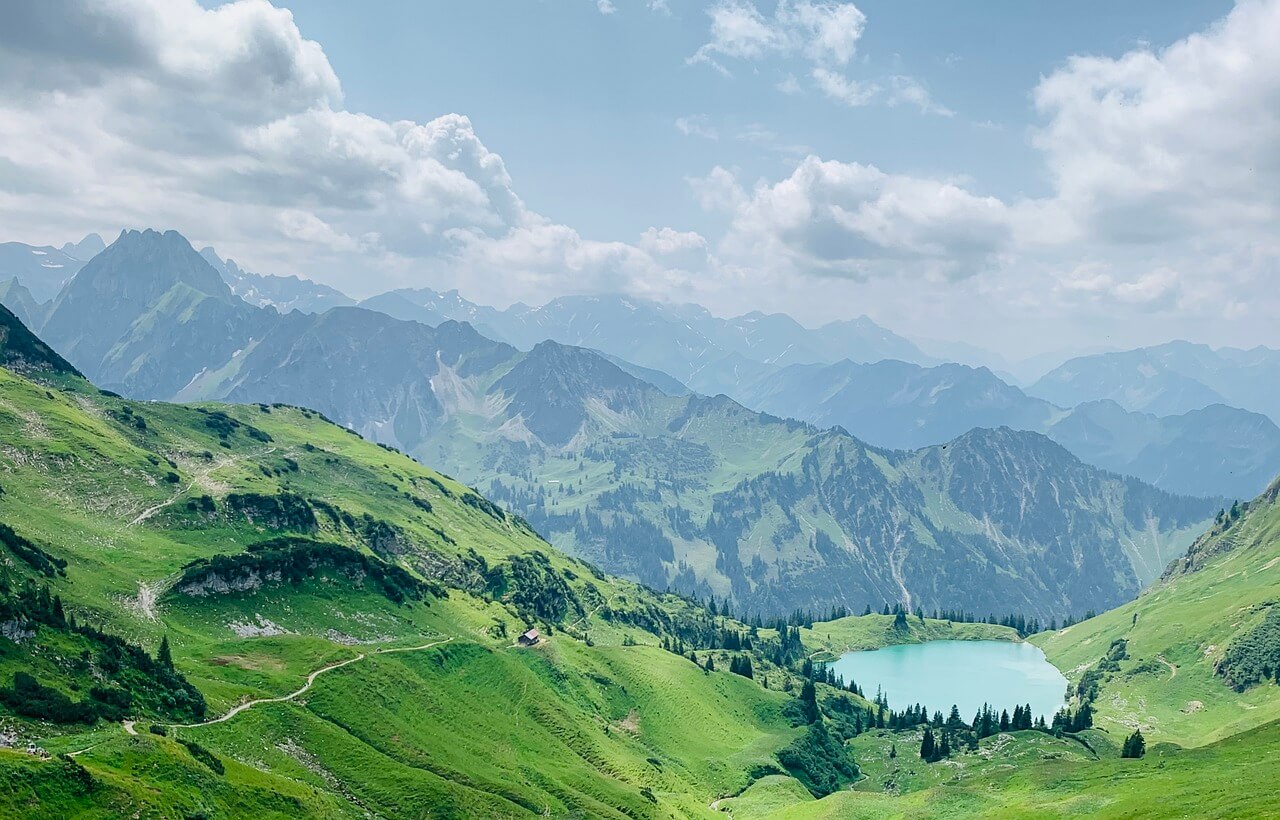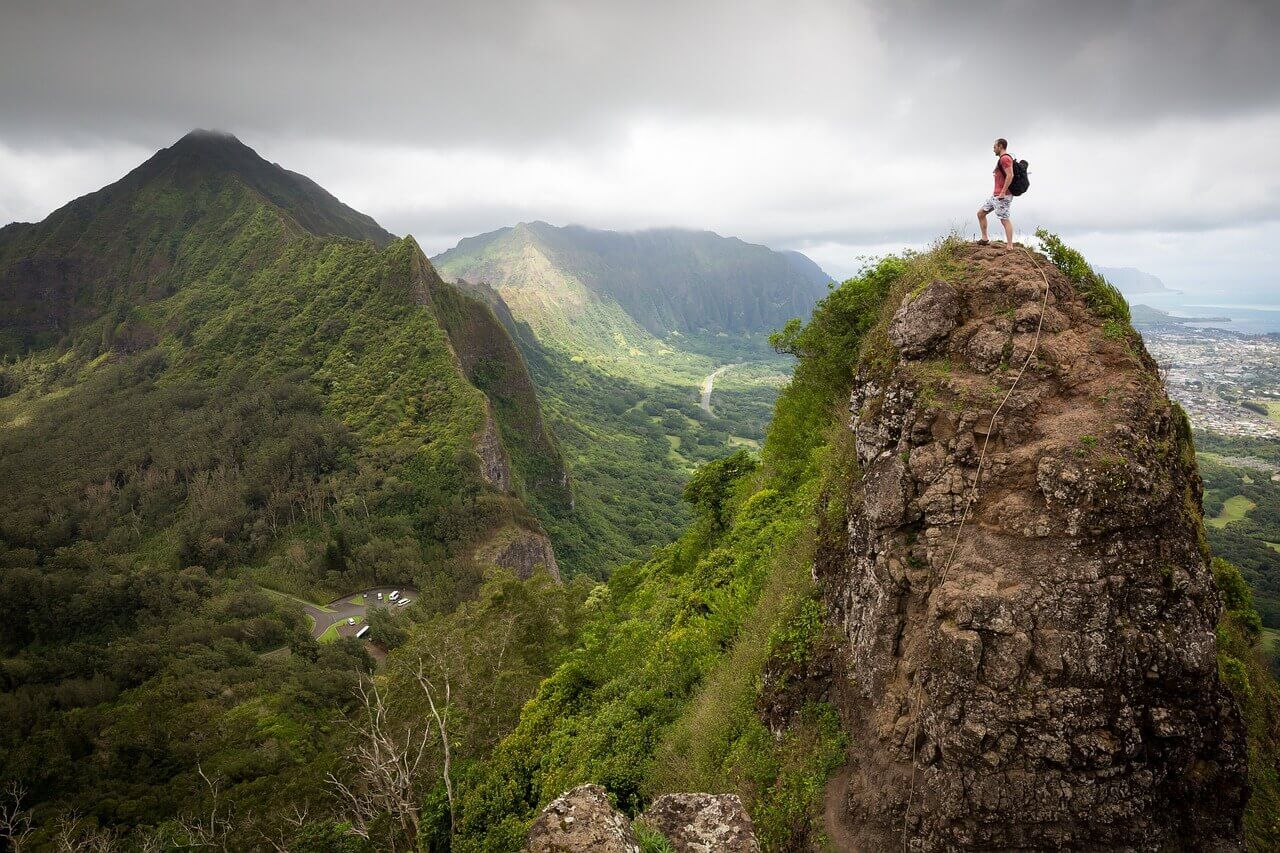Women at the Top
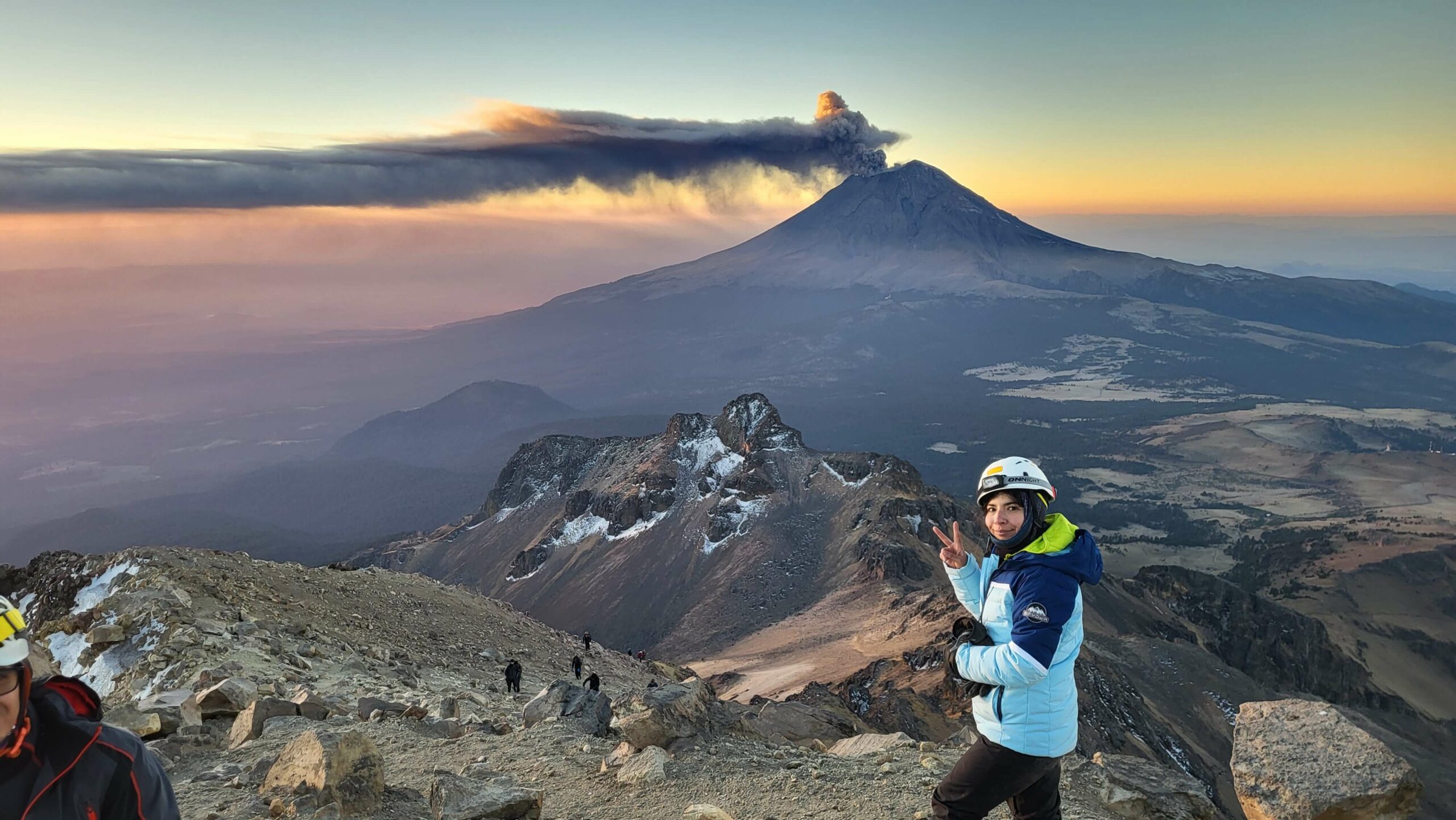
The role of women in different areas of society is becoming more and more visible; it is in these spaces where the reduction of gender gaps is promoted and female empowerment is strengthened, as well as their participation in leadership positions. In this context, mountaineering is no stranger to this situation, so this article shares part of the mountaineering experience of three Mexican women: Isis Diaz, Miryam Barcenas and Sara Olaya.
In this regard, Isis makes a distinction between trekking and mountaineering (in the Alps it is known as alpinismo and in the Andes as andinismo):
Technically, mountaineering has to do with the ascent to elevations or mountains, but where there are glaciers, while hiking is to go through another terrain that is not necessarily a significant altitude. Of course, the glaciers now with climate change should be reviewed because mountains or areas where 40 or 50 years ago there were glaciers, today there are no longer.
An approach to his incursion into the activity
In this context, the way they started mountaineering was due to their interest in knowing the type of spaces and landscapes that were admired in the routes, so they began first with hiking activities; they participated with a group or with a person who guided them on their first outing; from there they continued with the activity and were preparing to move up a level in terms of the type of trails and later of mountains.
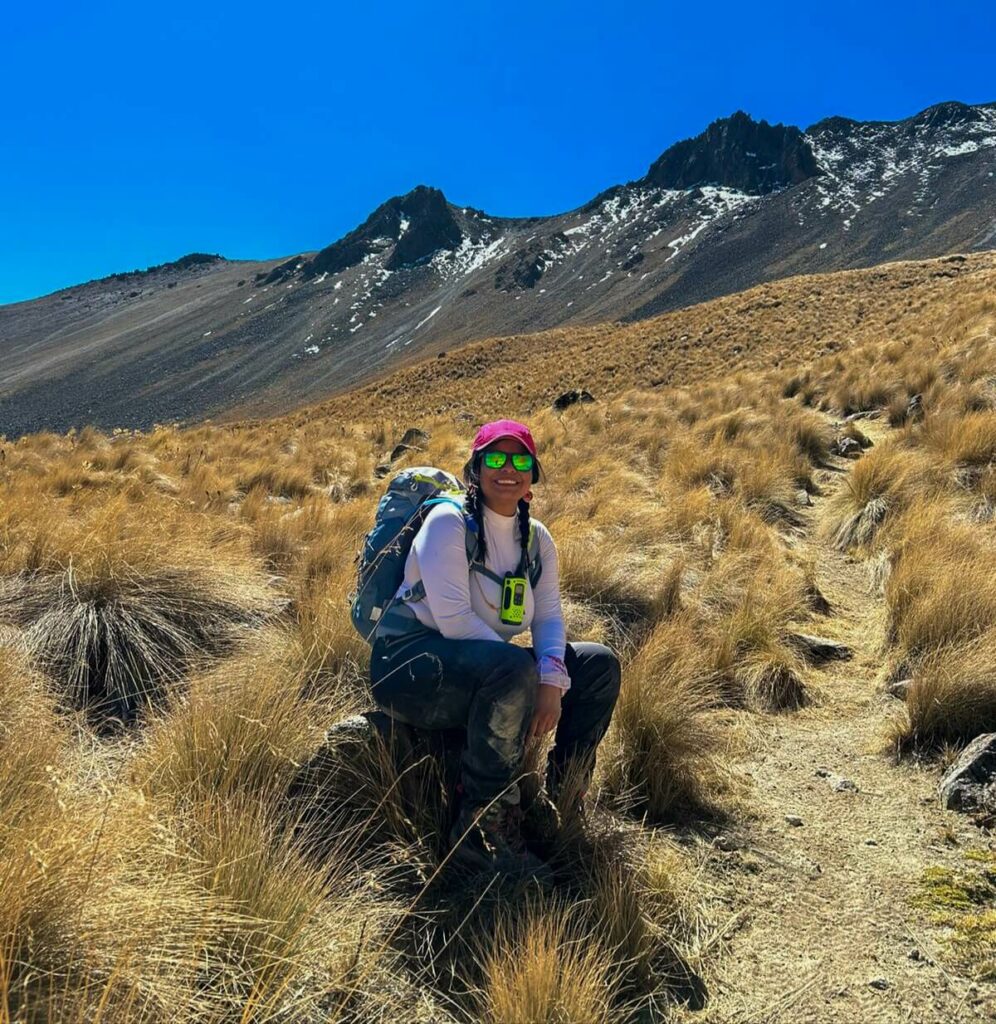
All three share a love for "climbing hills" and connecting with nature. In Miryam's case, being a "mountain climber" saved her life and changed her completely; Sara enjoys the tranquility and it is a way to disconnect from everyday life, to do physical activity and contribute to her health; Isis mentions that it is also a learning factor, it leads you to understand what the space where you live and the one you visit is like, it gives you environmental awareness.
In addition to the above, meeting people not only allows them to learn about how to be a mountaineer, but also to share personal and professional aspects. In addition, other women mountaineers have been a reference for them, as Sara says, although she is thin and sometimes it is difficult for her to carry heavy backpacks, seeing that other women with the same physical aspect can do it becomes a motivator for her to continue preparing herself.
Regarding their favorite peaks, the first one they did plays a significant role: Miryam's was Nevado de Toluca and Sara's was Mount Tlaloc. Isis chose Iztaccihuatl because she likes the formation of that mountain, even if you don't do the whole route. She also likes the snowy areas and those that are a little farther away from human settlements. In the selection of her favorites, there are also factors such as experience, what it meant to her to face her mind and physical fatigue, as well as the summit, which, on occasions, was accompanied by a sunrise or sunset.
Women in mountaineering
On the other hand, the role that women now have in hiking and especially in mountaineering is identified in two aspects: on the one hand those who carry out the activity or are tourists and on the other hand those who exercise the role of guides or have their own company.
We are currently the majority on the routes, which is gratifying that there are more and more of us and that we are creating a community where there is equality. In my group we are three women administrators and one man, my goal is still to include more women in this and to find a safe place for them. (Miryam).
I have met many women who are well prepared and have been for years. (from girls) and are in very good physical condition […], I have had female guides and I can tell they are very tough and very strong (Sara).
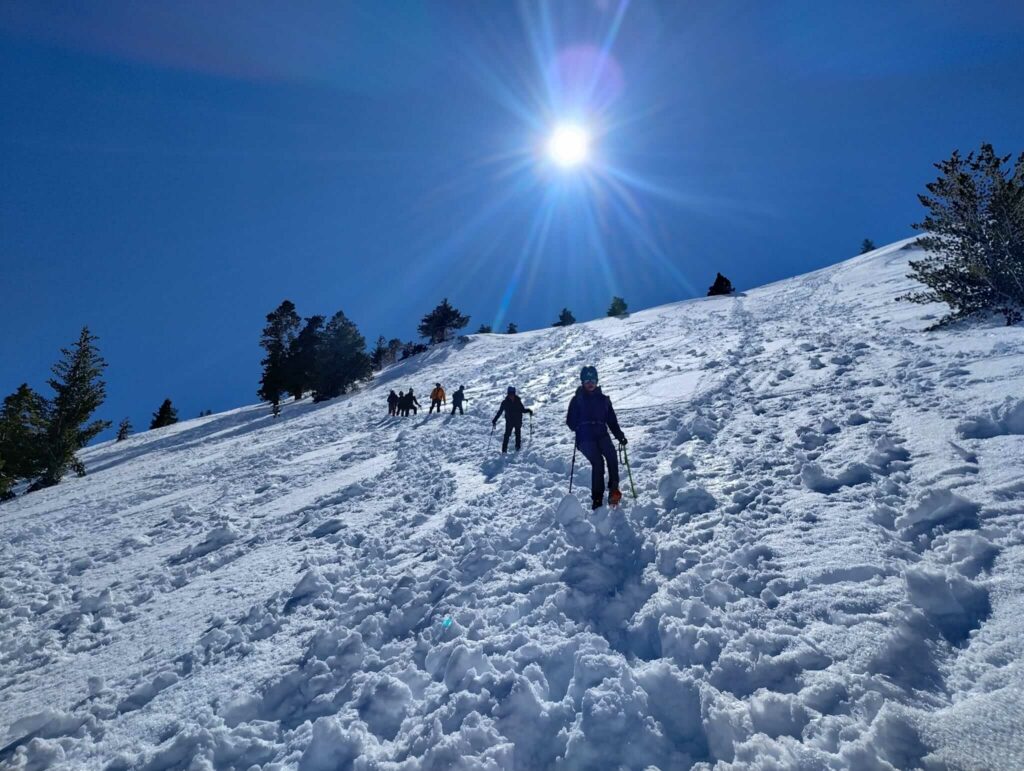
Regarding the participation of women as leaders, Miryam, in addition to practicing this activity, also manages the hiking group "Cabras de la montaña", which she started with a friend who is as passionate about this world as she is. The group's goal is to form a community with the same love for nature and with the objective of becoming stronger so that everyone can achieve their goals.
In the guiding and business areas, there are more men in mountaineering [...] but I believe that the participation of men in mountaineering is a very important aspect of the [in hiking]. is not so unbalanced (Isis).
With respect to the obstacles they have faced in practicing this activity, Miryam said that she began without knowledge of the subject and that at some point she risked her life without knowing it, so now that she is a group leader she shares her experience and works to make the outings as safe as possible, in addition to recognizing the importance of continuing to prepare and train. On the other hand, in the case of women, the issue of the period must be considered, since it sometimes influences or hinders the promotion; on this aspect Sara externalizes the importance of sharing experiences among women to acquire tips on what to do in such situations. We must remain firm with our objectives and, if possible, help other women along the way. (Miryam).
Examples of sorority in mountaineering
It is important to continue to make women's participation visible in the different areas where they are present. For example, Isis points out that in the academic field, the role of women in mountaineering has been studied, as well as the treatment of motherhood among mountaineers who climb eight-thousanders for sport, and the situations they face in terms of socio-cultural restrictions and the approach to the mountain from ethnic perspectives.
Based on the above, there are cases of women's groups that work from this perspective and from a sisterhood among themselves, which is known as sorority. For example, "Las cholitas escaladoras de Bolivia", Aymara women who demonstrate that being at the top is more than just reaching the highest point, it is also about deconstructing stereotypes and roles, as well as strengthening their identity and culture.
There are other groups such as "Witches to the top" in Mexico, where spaces are created to share trails and at the same time to make themselves visible, to recognize each other and, above all, it is through mutual accompaniment, among women, that individual and group objectives are achieved around the activity of hiking and mountaineering.
Mountaineering from a responsible point of view
On the other hand, mountaineering should not only be a getaway that is trending to connect with nature and capture instagrammable moments, but also to act responsibly, to be conscious visitors, hikers and mountaineers, as Sara comments, who has seen that the sites begin to be saturated or people do not go with the right equipment, which increases the possibility of accidents.
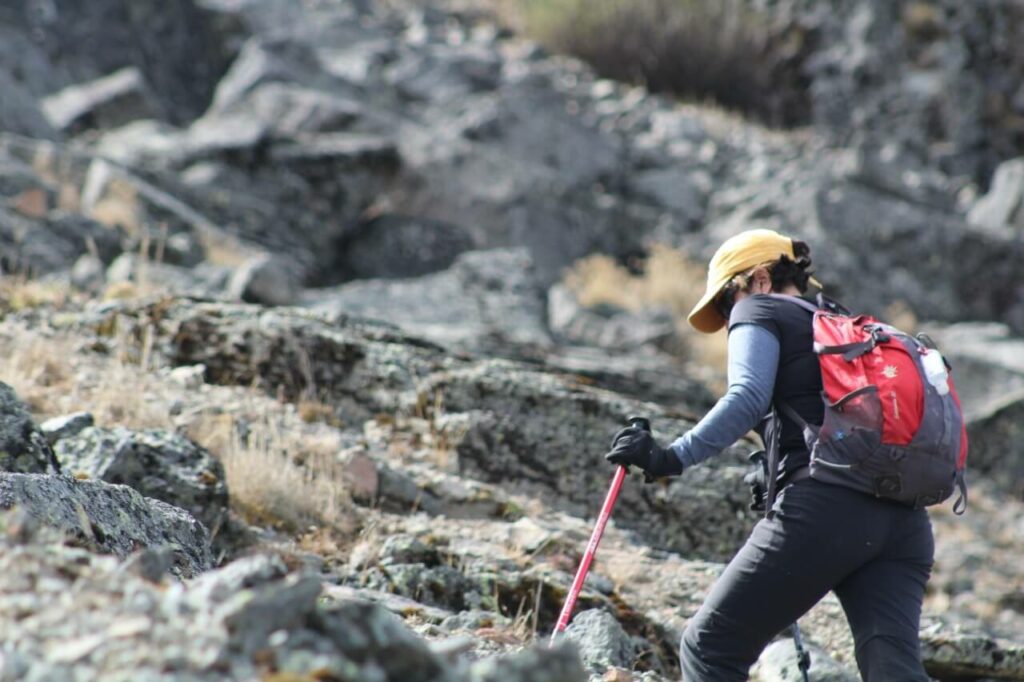
Miryam points out that in addition to connecting with nature, it is also important to take care of it by not littering (organic and inorganic). Likewise, Isis invites us to regulate the activity and in the case of mountaineering it is important to have a preparation (technical, equipment, physical and emotional).
It is important to consider that mountaineering is more than a tourist activity, so we urge you to take the necessary precautions, train, prepare and inform yourself before venturing into mountaineering; we invite you to start with beginner routes and gradually advance to other levels. Remember that reaching the summit also implies returning home.
*Professor at the Universidad Autónoma de Querétaro, Tequisquiapan Campus.




